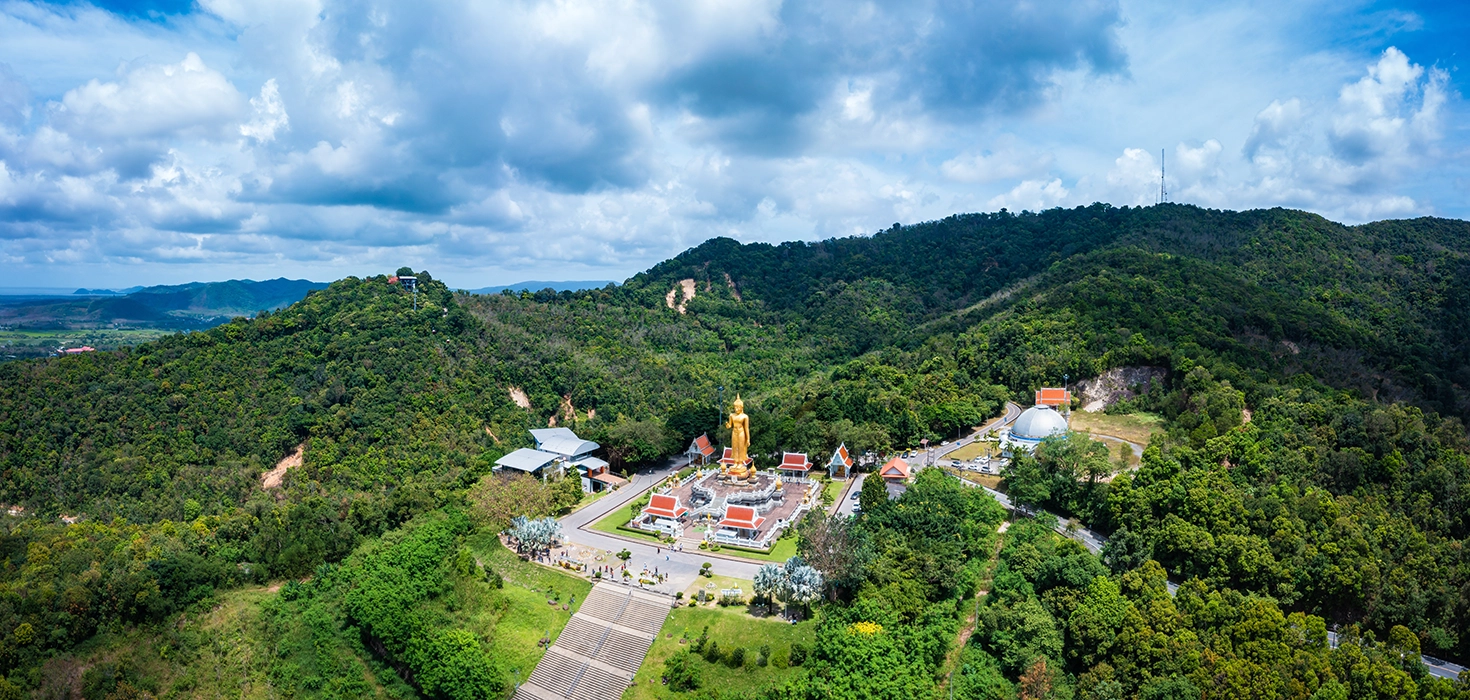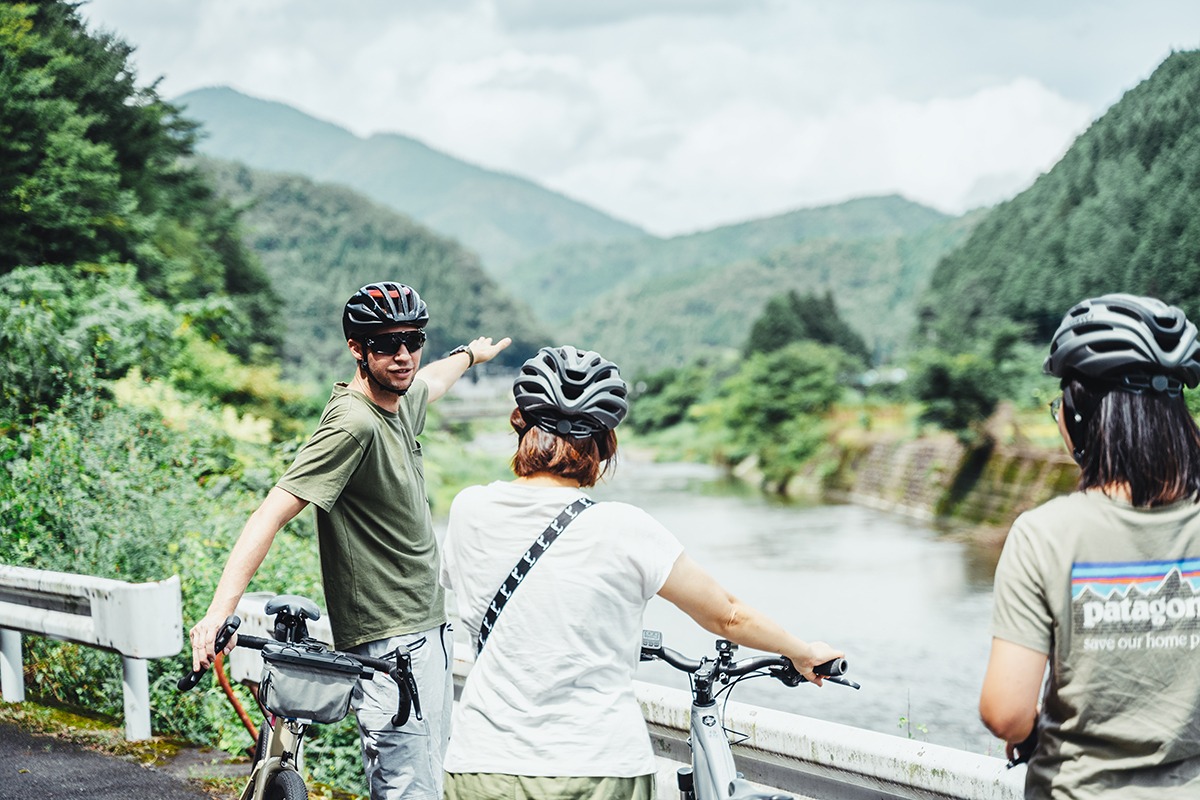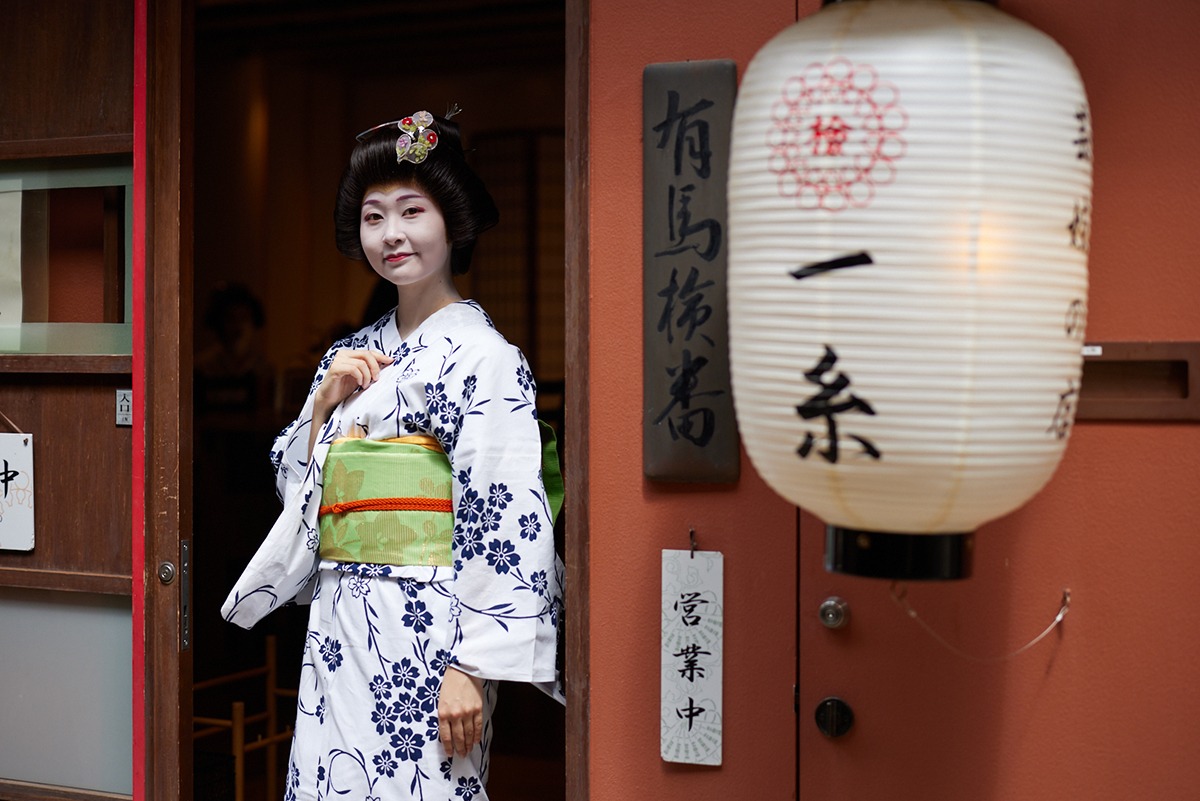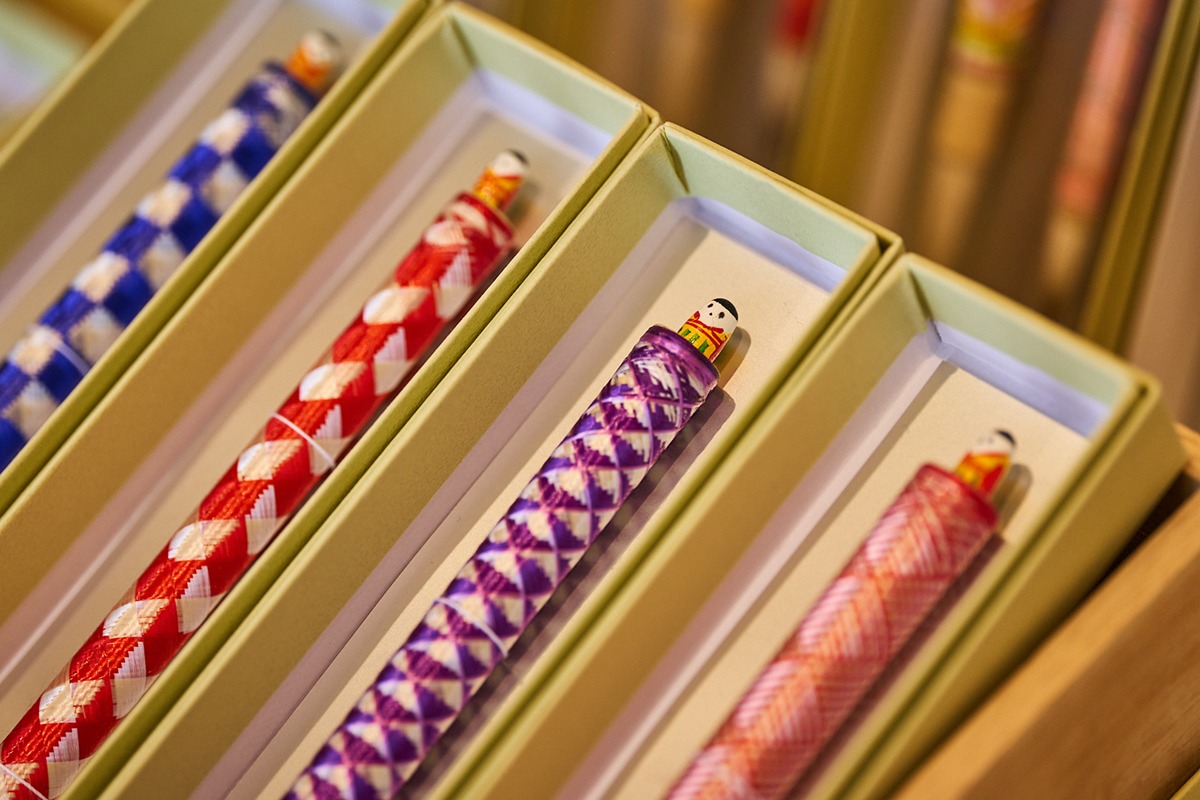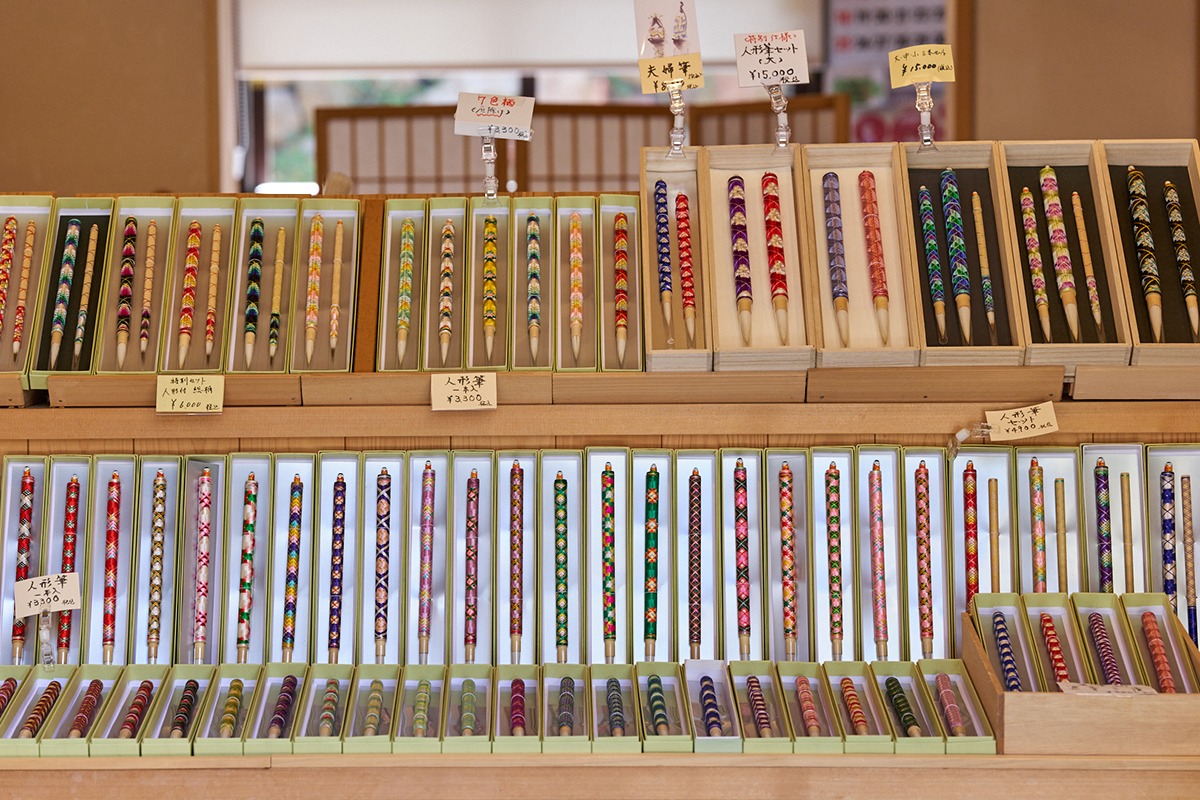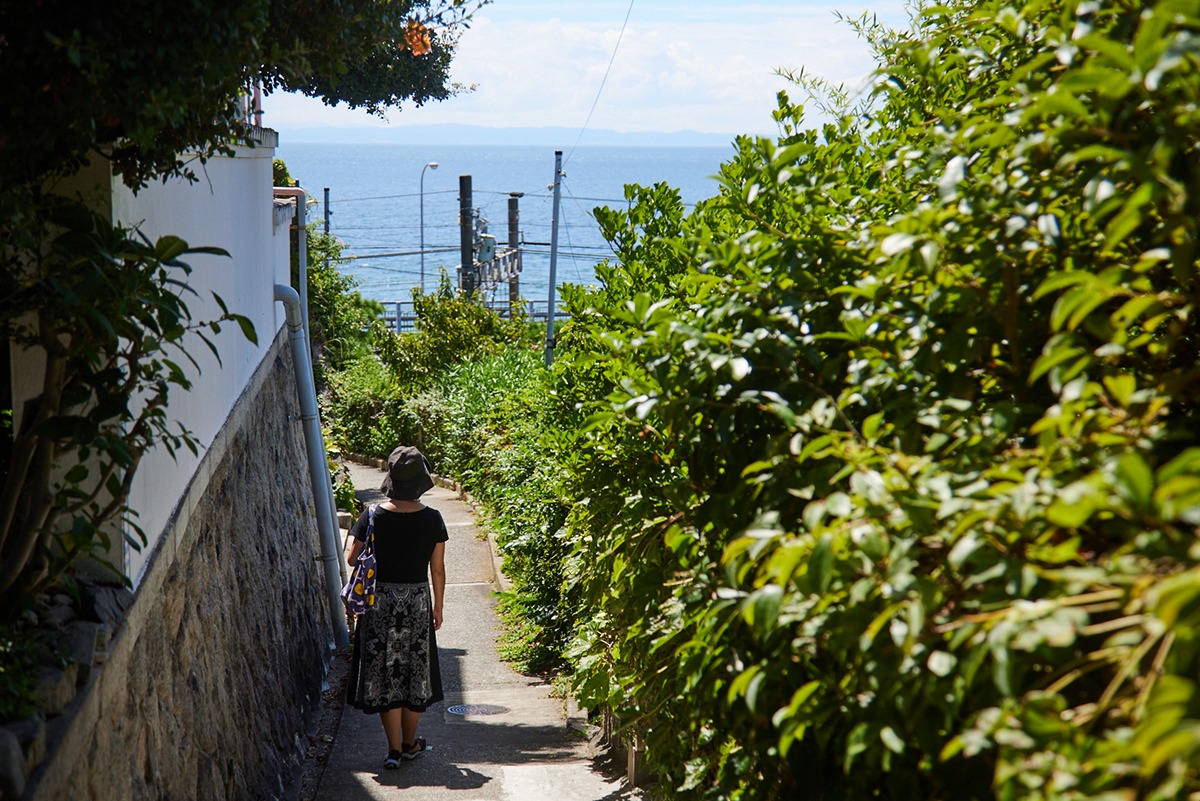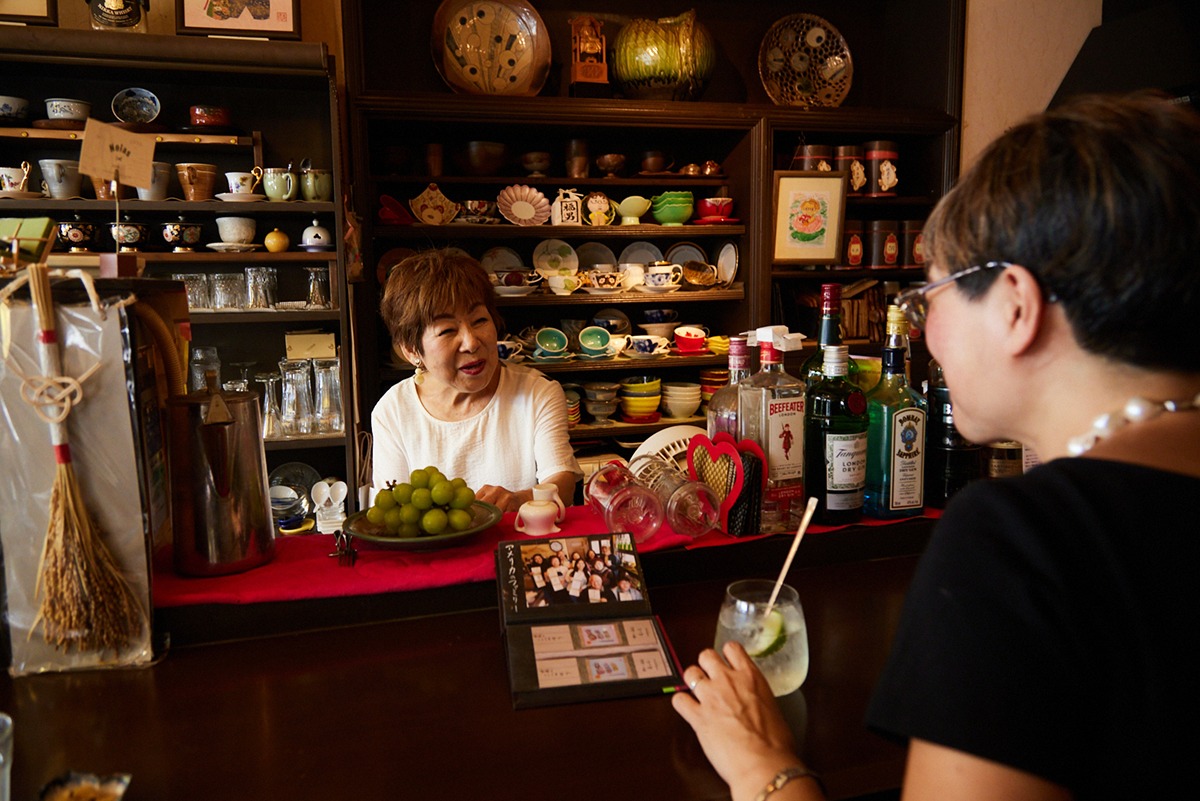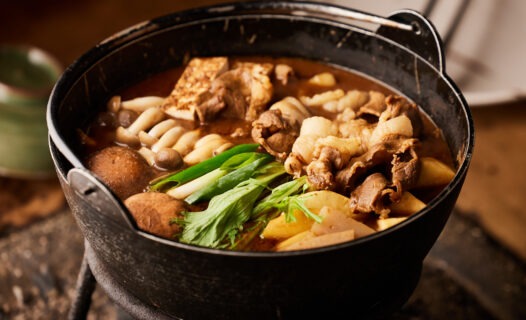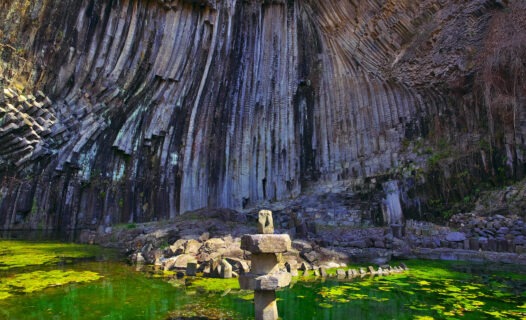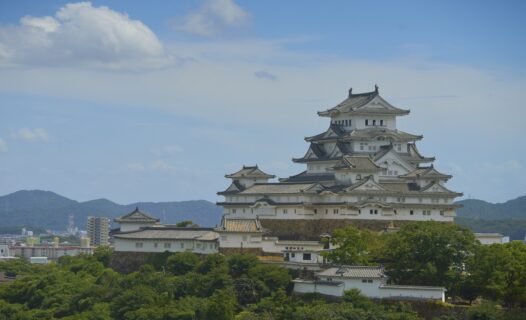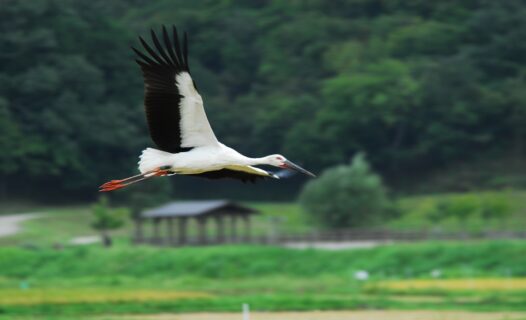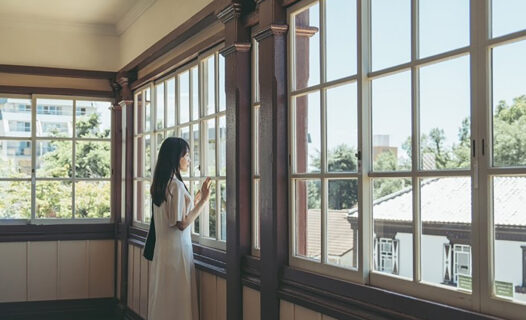Hyogo Prefecture, located near Kyoto and Osaka, is home to popular tourist destinations such as Kobe and Himeji Castle, which draw many international visitors. The region offers a variety of English-guided tours, enabling travelers to connect deeply with the local community and culture. This article highlights local travel experiences that celebrate the unique culture of each area, from the famous hot spring towns of Arima and Yumura to the traditional port town of Shioya in Kobe and the historical sites scattered throughout Asago, all enriched by interactions with local residents.
Experience Yumura Onsen’s “Boiling Culture” and Meet the Locals
The heart of the hot spring town: Arayu, Yumura’s iconic hot springLocated in northwestern Hyogo, Yumura Onsen is a small hot spring town boasting 63 individual geothermal sources within a 400-meter radius. Its famous 98°C spring, Arayu, gushes 470 liters of hot water per minute. This abundant spring water has given rise to Yumura’s unique “boiling culture”—a tradition of cooking food in the hot springs, a practice that continues to this day.
Eggs take 10–11 minutes to boil to perfection.The eggs boiled in Arayu have a delightful moist and wobbly texture.Visitors can experience this tradition firsthand, as local shops and the Arayu Tourist Center sell ingredients specifically for boiling.
The cheerful staff at Oba Café, ready to welcome customers.For a warm encounter with locals, visit Oba Café, located near Arayu. Set in a 130-year-old renovated traditional house, this unique café is run by a group of grandmothers, with an average age of 76, who offer a cozy and heartwarming atmosphere.
“Oba’s First Love Set,” 700 yen (incl. tax).One must-try dish is the café’s signature “Oba’s First Love,” a chestnut-flavored ohagi (sweet rice ball). Made with local chestnuts and the rare Mikata Dainagon azuki beans, this treat has a perfectly balanced sweetness and nostalgic flavor.
“Onigiri Set,” 700 yen (incl. tax).For a heartier option, the “Onigiri Set” comes highly recommended. Featuring handmade rice balls paired with squid fermented in koji (inoculated rice culture) and spicy miso, the combination is a match made in heaven. It’s a great way to relax while waiting for your hot spring-cooked ingredients. There’s also a reservation-only “Oba Lunch” (1,600 yen, incl. tax) on offer—to book, call 0120-037-329 (Japanese-language only).
Take a Spin and Explore Asago’s Natural Beauty and Historical Sites
Cycle through picturesque Japanese countryside and visit historical landmarks with an e-bike.Located in the southern part of the Tajima region, Asago City is about a 1.5-hour drive from Kobe. It offers a refreshing escape into nature, where peaceful countryside landscapes are dotted with historical sites. For an immersive way to explore the area, join one of the guided cycling tours on offer.
Discover hidden spots like lesser-known shrines and landmarks not found in guidebooks.Led by South Africa native Kevin Nell, Asago Cycling provides tours on electric-assist e-bikes, ensuring a comfortable ride. A standout option is the Ore Road Tour (20,000 yen per person, incl. tax, with lunch), which covers about 30 kilometers in 5–6 hours. The route follows the Gin no Bashamichi, a historical path tied to Japan’s silver and ore transportation, recognized as a Japan Heritage site.
The Former Mikobata Concentration Plant, an ore-processing site built in 1919.During the tour, you can walk along old trolley tracks used for transporting ore, rest by the riverside, and visit highlights like the Former Mikobata Concentration Plant. While only the concrete foundations of this 1919 facility remain, the site’s imposing presence continues to captivate visitors.
Cycling through Asago offers the chance to immerse yourself in Japan’s pastoral beauty while uncovering historical gems—a rejuvenating and inspiring experience.
A One-Time Immersion in Arima Onsen’s Elegance with Local Geiko
When people think of geisha, Kyoto usually comes to mind. Yet geisha culture thrives in other regions of Japan, including Hyogo Prefecture, home to the Arima Onsen geiko—the last remaining in the prefecture. These talented women uphold the traditions of exquisite dance, nagauta (traditional songs), and festive music. Located just 30 minutes from Kobe and about an hour from Osaka, Arima Onsen offers exceptional accessibility alongside its cultural riches.
The roots of the Arima geiko lie in the yuna (bathhouse attendants), who historically served guests at the hot springs. This unique cultural tradition was born in Arima Onsen’s storied history as a renowned hot spring destination.Geiko Café Ito and Arima geiko Suzu-sanWhile it is customary to invite geiko to perform at onsen inns or traditional restaurants, Geiko Café Ito provides a more casual way to experience their artistry. Located in Arima Onsen, this cozy café hosts active geiko who perform captivating dances and engage with guests. Various experiences are available, from private performances to in-person geiko encounters, making it an approachable entry point into this fascinating world.
Arima geiko Ichina-sanOne of the geiko, Ichina-san, shares her passion for preserving this tradition: “We must pass the baton of the Arima geiko onto the next generation. This culture is something that must be preserved.” Geiko Café Ito serves as a hub for promoting this unique heritage, drawing visitors not only from Japan but also from around the globe.
What makes this experience special is the opportunity to interact closely with the geiko immediately after watching their performances. This intimate connection offers a profound way to appreciate Japan’s graceful and refined culture, promising a journey filled with inspiration and discovery.
Discover Tradition Through a 450-Year-Old Craft: Arima Doll Brush Workshop
Arima doll brushes (Arima ningyo fude), also known as karakuri brushes, are a traditional craft from the Arima Onsen area in Hyogo Prefecture. These brushes are not only functional for calligraphy and painting but are also strikingly beautiful with intricate decorations that captivate the eye.
When the brush is placed upright, a charming doll pops out from the beautifully wrapped silk-thread tip.Storefront of Haifukiya Nishida Fude-tenWith a history spanning over 450 years, this exquisite craft now survives solely through Haifukiya Nishida Fude-ten in Arima Onsen. Each brush is painstakingly handcrafted with vibrant colors and intricate details that elevate them to works of art.
Visitors can experience this craftsmanship firsthand at Arima Onsen’s Arima Toys & Automata Museum. In collaboration with Haifukiya Nishida Fude-ten, the museum hosts workshops where participants can make their own Arima doll brush.
Akemi Kawashima of the Arima Toys & Automata Museum“The mechanism that makes the doll appear is surprisingly complex,” says Akemi Kawashima, a staff member at the museum who is passionate about spreading awareness of this traditional art.
A Retro Journey in Shioya: Experience Local Life and Relaxed Living
Just a 15–20-minute train ride from downtown Kobe lies the quaint town of Shioya. This charming community is the setting for the Shioya Walk and Food Hopping Tour, led by Sumire Takemoto, the founder of the company “face to face.” Drawing on her background as a tour conductor for overseas travel, she introduces Shioya’s hidden gems in a fun and engaging way, blending English and a welcoming attitude to connect with visitors.
Shioya, nestled near Akashi and Tarumi, boasts stunning sea and mountain views. Historically home to many foreign residents and largely untouched by the air raids of World War II, Shioya preserves its traditional townscape.
Narrow alleyways in Shioya’s backstreets.Sumire Takemoto chatting with local residents.“The key to this tour is talking with the locals,” says Takemoto. Visitors can engage directly with shop owners and residents, experiencing the day-to-day life of locals. It’s a unique opportunity to immerse yourself in a community that feels worlds apart from the typical tourist route.
Entering local stores during the tour.The retro charm of Shioya’s shopping streets is filled with delightful surprises. Takemoto guides participants to places they’d likely never discover on their own.
Taking a break at a local shop.The Shioya Walk offers a completely different kind of travel experience—one that’s filled with meaningful connections and stimulating encounters. This ultra-local tour has already won the hearts of many foreign travelers, who often leave as devoted fans of Shioya and Takemoto herself.
